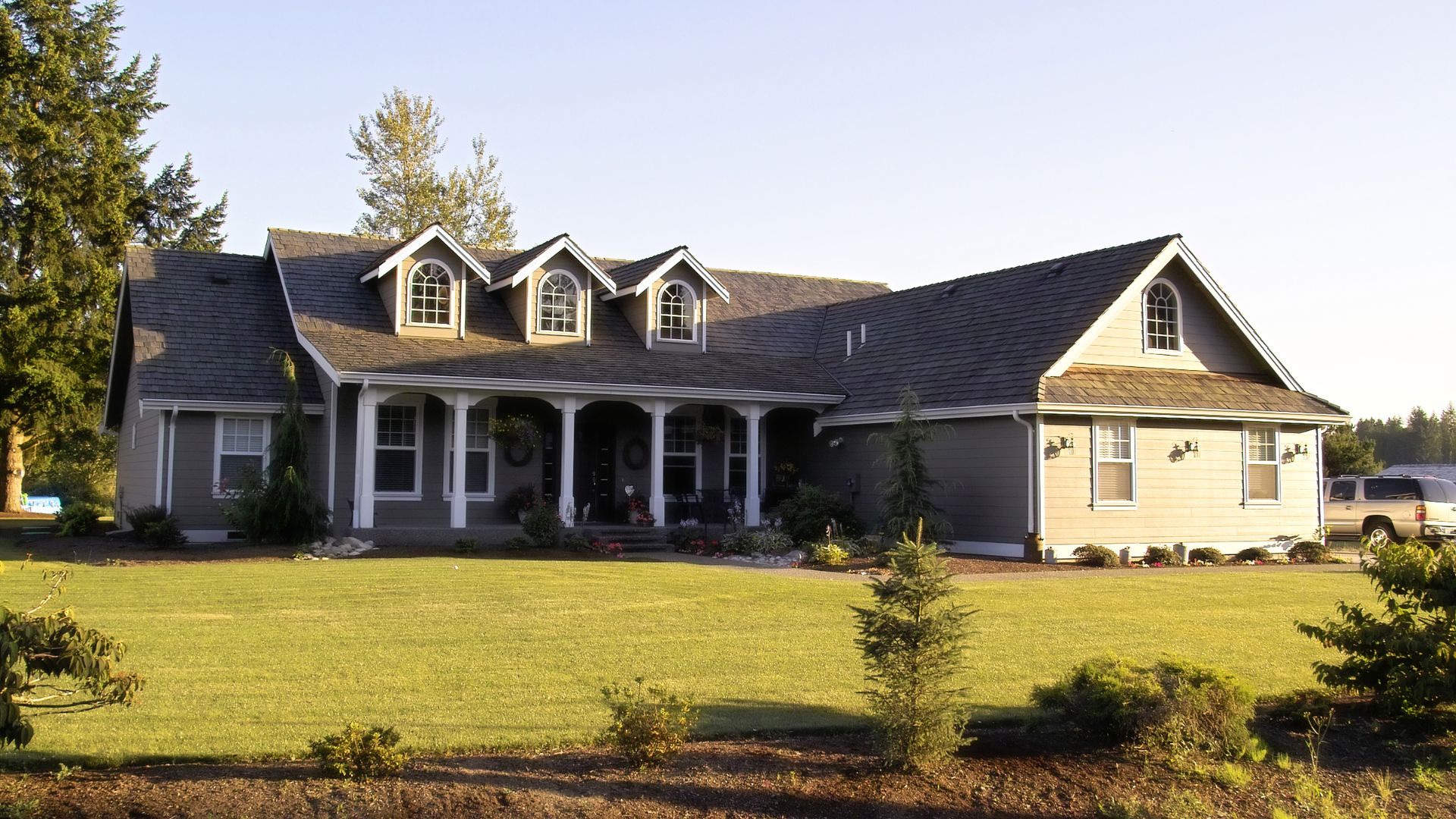We can all agree that the Ontario housing market is suffering a critical supply shortage. In fact, the trend has spread across Canada, from coast to coast. This is the root of our affordability crisis that threatens to derail one of our country’s key economic drivers and the futures of many Canadians who, even if they can afford an average-priced home, are unlikely to find one for sale.
There are other factors compounding our housing crisis: homeowners’ hesitancy to list for fear of getting locked out of the market and a growing population that will put further pressure on an already fragile ecosystem. (You can only imagine the impact that a new home equity tax or other such “cooling” measures might have.)
With the Ontario housing market under immense pressure, the provincial government took the right first step of establishing a Housing Affordability Task Force late last year, with a goal of finding realistic solutions to increase supply. The nine-member panel of housing experts and industry insiders has been head-down for the last two months, consulting and drafting recommendations. Earlier this week, the group made 55 of them, for what it calls an “achievable” goal: to build 1.5 million new homes in Ontario over the next 10 years.
But there’s another very real risk threatening progress in the Ontario housing market: NIMBYs.
I’ve said it before and I’m not alone in my stance: the only solution to our housing crisis is to build more homes. But that message is being drowned out by cries of, “not in my back yard,” from homeowners who want to preserve the character and liveability of their communities, and from city mayors and councillors, who’s political futures hang in the balance. In its report, the Task Force referenced a new acronym to reflect these sentiments: BANANA (Build Absolutely Nothing Anywhere Near Anything).
Quite simply, if nothing changes, nothing changes. Let that sink in for a minute: the lack of listings, the rising prices, and ever-declining options for home ownership.
RE/MAX Canada’s research shows that Canadians value liveability when choosing a place to live and buy a home, and for the majority, the chief criteria for liveability is affordability. Liveability is impossible to achieve if communities are inaccessible and unsustainable due to prohibitive price growth and a shortage of listings, which is the current situation from coast to coast.
I commend proposals that aim to increase the supply of homes in urban neighbourhoods, which continue to attract the bulk of our population. In order to house them, we need more high-density, infill residential development. We need more laneway housing, secondary and garden suites, and multi-family dwellings. We need less red tape and less politicization of residential development, and less NIMBYs and BANANAs that threaten the freedom and future of home ownership for all.
To balance pressure from NIMBYs with pleas from hopeful homebuyers, we need to recognize that “densification” can be a good thing. It can have positive impacts on our mental and physical health, not to mention the environmental benefits of having more walkable neighbourhoods. We just need to be open to new ideas for densification and expansion of residential development, both within our urban centres and in our suburban and rural communities.
Densification can’t happen hastily. It must be a thoughtful, coordinated effort across all levels of government, that is considerate of the character of our communities, their existing residents, and those who hope to call them “home.” If done right, densification can be a beautiful thing, refreshing and revitalizing aging neighbourhoods, both in their aesthetic and in the fabric of their make-up.
High-density infill that meets everyone’s needs must be thoughtful and creative, in keeping with the scope of the current community while accommodating future growth. The Province of Ontario’s consultation with housing experts and the real estate industry is a great thought-starter, and collaboration with municipal and federal governments, can help make that 1.5-million-home milestone a reality.






